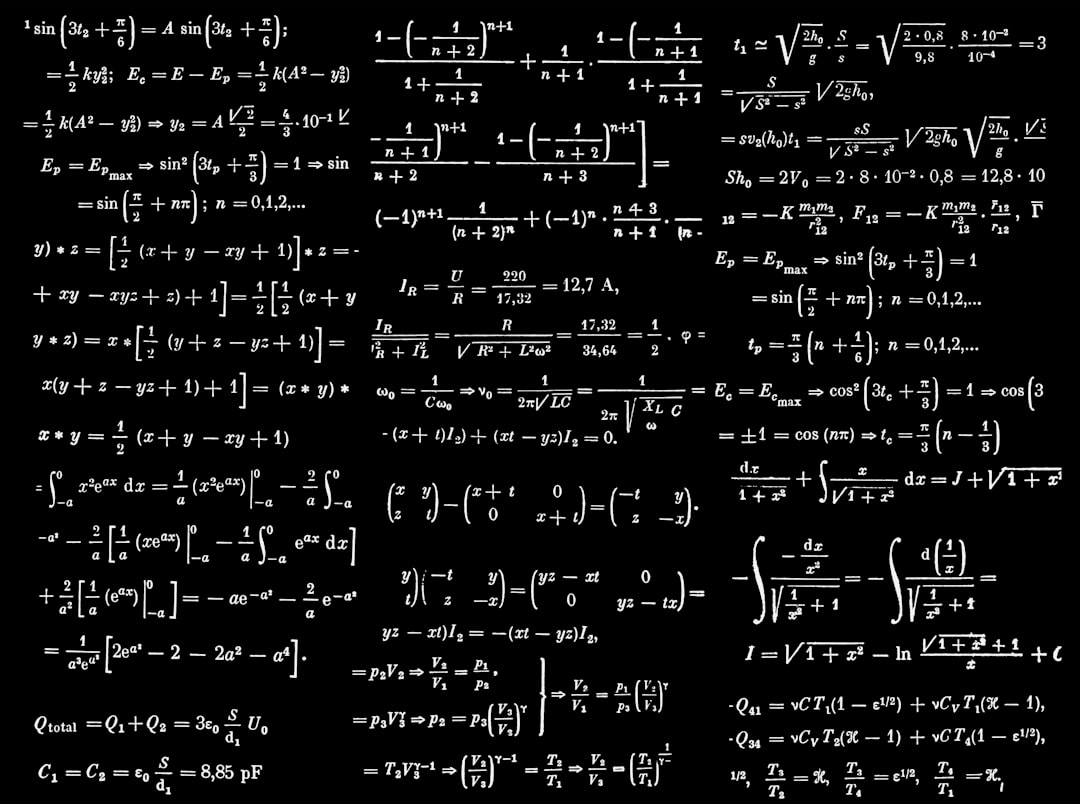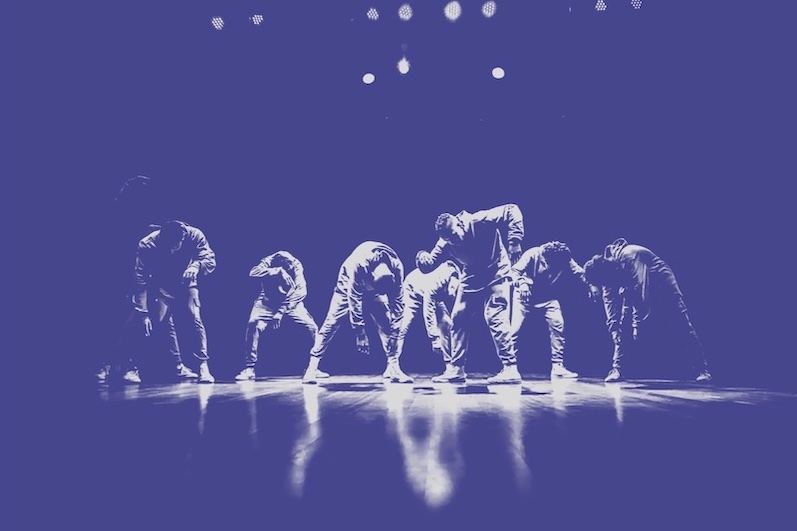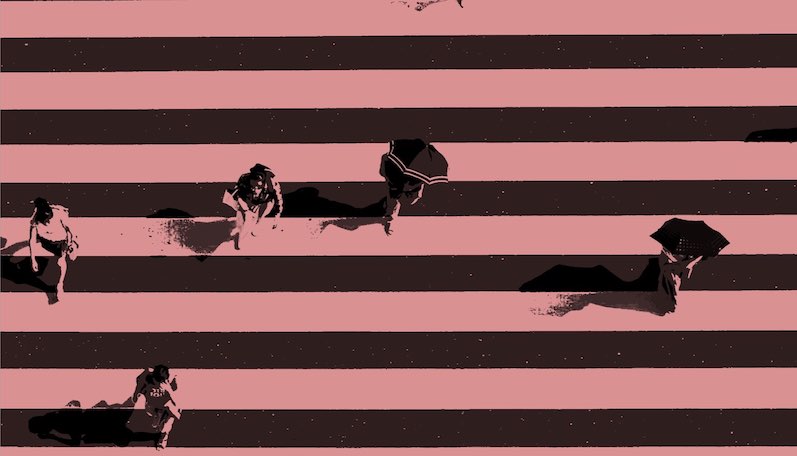What is it about?
This article considers a novel approach to researching sporting embodiment via what has been termed ‘autophenomenography’. Whilst having some similarities with autoethnography, autophenomenography provides a distinctive research form, located within a form of sociological phenomenology. Its focus is upon the researcher’s own lived experience of a phenomenon or phenomena. This article examines some of the key elements of a sociological phenomenological approach to studying sporting embodiment in general before portraying how autophenomenography was utilised specifically within two recent research projects on distance running. The thorny issues of epochē and bracketing within phenomenological and autophenomenographical research are addressed and some practical suggestions made.
Featured Image

Photo by Quino Al on Unsplash
Why is it important?
Although many research methods texts exhort and encourage the use of bracketing and a reflexive approach in qualitative and/or phenomenologically-inspired research, there are relatively few research accounts that offer concrete, grounded examples of how to engage in bracketing. Here, I discuss the principles, challenges, and offer some suggestions.
Read the Original
This page is a summary of: Intention and epochē in tension: autophenomenography, bracketing and a novel approach to researching sporting embodiment, Qualitative Research in Sport Exercise and Health, March 2011, Taylor & Francis,
DOI: 10.1080/19398441.2010.541484.
You can read the full text:
Contributors
The following have contributed to this page










